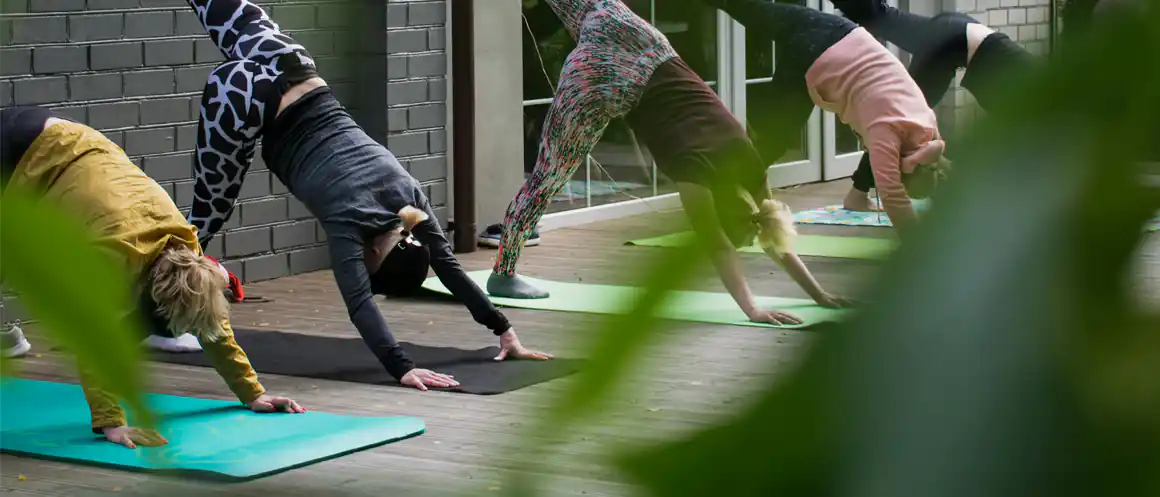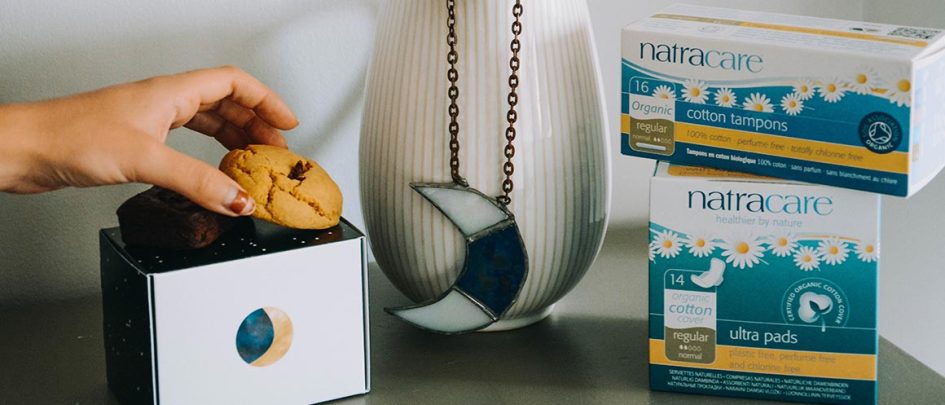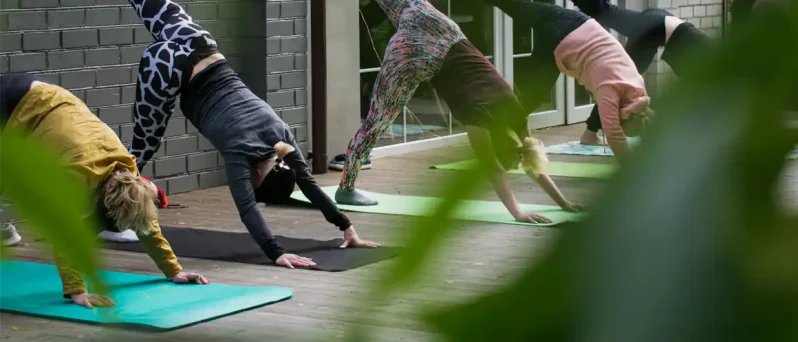Exercise is hugely important for both our mental and long-term physical health – but is more always better? Hustle and diet culture puts enormous amounts of pressure on women and society to exercise as much as possible, whether that is ensuring you do your 10,000 steps or back-to-back workout classes. Social media is full of conflicting advice about what we should and shouldn’t be doing in the quest for optimised lifestyles. But it’s worth taking a moment to consider how our menstrual cycle fits into all of this.
Our energy, strength, and motivation naturally fluctuate throughout the month due to hormone changes. Learning to respond with these shifts, instead of pushing through them, can make a huge difference. Syncing your workouts with your cycle isn’t about doing less; it’s about training smarter, supporting your body, and feeling your best at every stage.
How Hormones Influence Exercise
Hormone levels affect your energy, strength, and recovery, so understanding which phase of your cycle you’re in can help you get the most out of your workouts – and remind you to rest when your body needs it.
During the first half of your cycle, known as the follicular phase, oestrogen levels rise, boosting energy and improving mood. Oestrogen peaks around ovulation, which is typically when you feel strongest and more motivated. This is often the best time for more intense workouts, such as cardio, HIIT or strength training, as your body is primed to perform and recover more efficiently.
After ovulation, you enter your luteal phase, when progesterone levels increase. Progesterone increases your body temperature which can make exercise feel more tiring than usual. You might notice a drop in stamina or motivation during this time, and that’s completely normal. Gentle movement like yoga, Pilates, or walking allow you to stay active during this time without pushing yourself too hard.
Exercising During Your Period
When your period starts, hormone levels drop sharply which can leave you feeling fatigued or bloated. While rest is perfectly valid during this time, some gentle exercise can help relieve cramps and boost mood by increasing blood flow and releasing endorphins.
Try low-impact movement such as walking, stretching, or restorative yoga. Supporting your cycle with organic cotton period products can help you feel confident and comfortable – whether you’re exercising or resting. Try Natracare’s 100% organic cotton tampons or compostable panty liners for lighter days when you want to move your body.
Listening to your body is key. Some people find that movement helps, while others benefit from total rest. Running a bath or using a hot water bottle can also bring comfort if you’re experiencing pain.
Exercising During the Follicular Phase
As your period ends and oestrogen levels begin to rise, your energy and motivation often return. This is the perfect time to reintroduce more dynamic exercise. Strength training, running, cycling, or dance workouts are great options. Your body recovers quickly during this phase so it’s an ideal time to build consistency and push for progress.
Exercising During Ovulation
At ovulation, oestrogen reaches its peak and testosterone also increases slightly, meaning your strength, motivation, and confidence are often at their highest. You might feel more social and energised, making this phase ideal for group classes or high-intensity training.
Be mindful that ligaments are a little looser during ovulation, which can increase the risk of injury. Make sure to warm up properly and focus on your form.
Exercising During the Luteal Phase
As progesterone rises post-ovulation, your body may feel warmer, slower, and more tired. You might crave slower-paced movement and more rest, so it is important to listen to your body.
This is a good time to focus on low intensity exercise, like yoga, swimming or walking. As your period approaches, you may feel more emotional and sluggish. You should prioritise recovery, hydration and gentle movement rather than striving for PBs.
Listening to Your Body
Every cycle and everybody, is different. Tracking your symptoms and workouts across a few months can help you spot patterns and understand what works best for you. Syncing your workouts with your cycle allows you to move in a way that’s compassionate, balanced, and sustainable.












